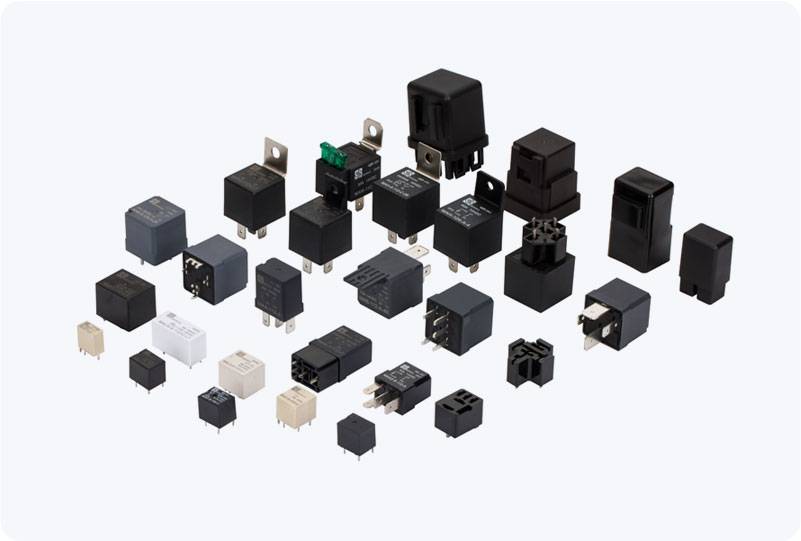A Capacitor Precharge Circuit Relay is a crucial component in modern electronic and electrical systems, especially those involving large capacitors and high-power components. These circuits are primarily designed to prevent damaging inrush currents when charging capacitors, which can otherwise harm sensitive electronic parts or cause system failures. In this article, we will explore the working principle, components, applications, and advantages of using a Capacitor Precharge Circuit Relay, as well as its importance in ensuring the longevity and stability of high-power systems.

Understanding the Role of Capacitor Precharge Circuit Relay In many high-power systems, capacitors play an essential role in stabilizing voltage and filtering power. However, when these capacitors are charged, they can draw a large amount of current in a very short time, known as inrush current. This can create several issues, including potential damage to the power supply, components, or the capacitor itself, as well as causing voltage fluctuations in the circuit. To prevent such problems, a Capacitor Precharge Circuit Relay is used to manage the charging process of capacitors in a controlled manner.